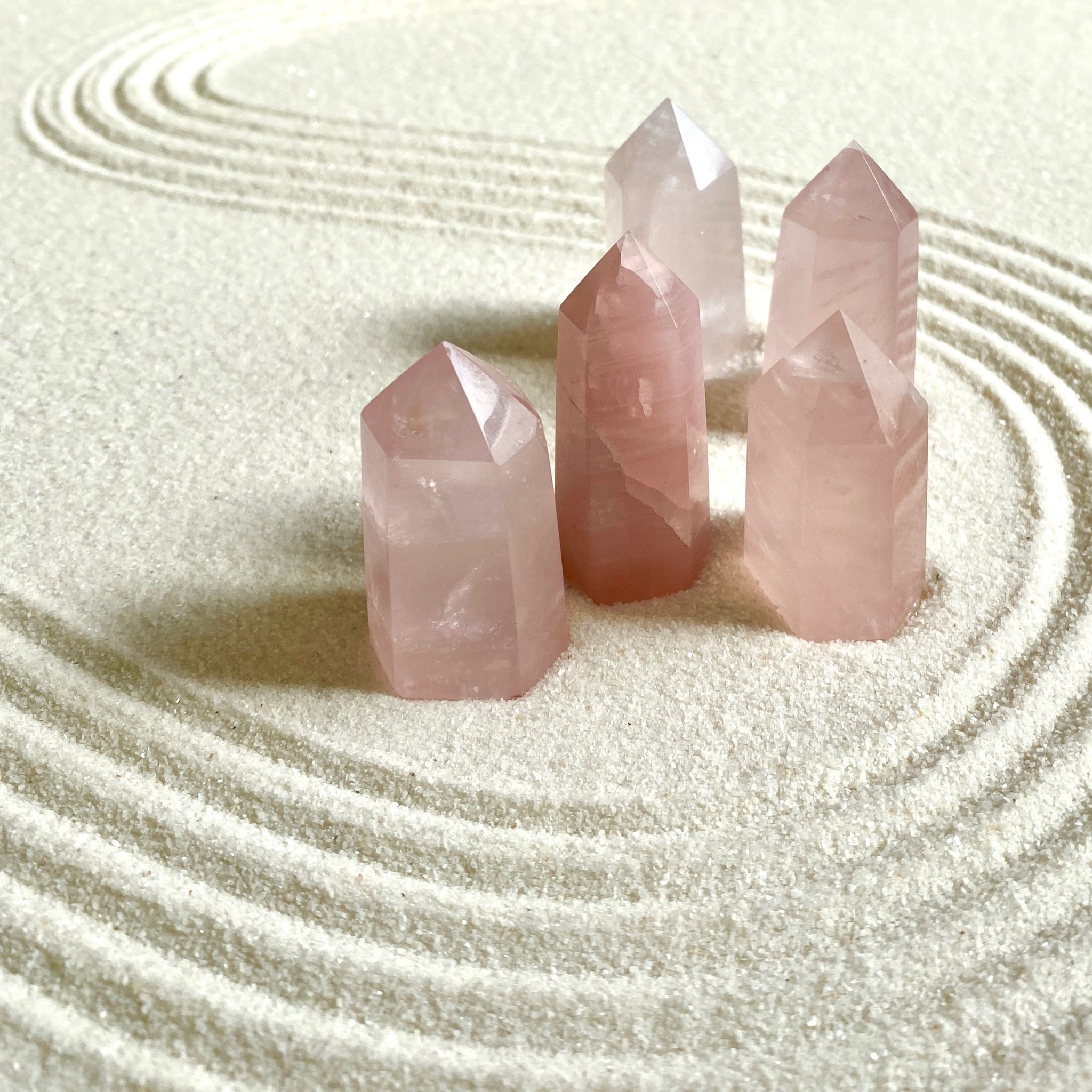How Reiki Aligns with Traditional Japanese Medicine Practices
Understanding Reiki
Reiki, a spiritual healing practice, originates from Japan and is widely recognized for its ability to channel universal life energy. Practitioners believe that Reiki promotes healing by balancing the body's energy fields. It is often used to reduce stress, encourage relaxation, and promote overall well-being.
In recent years, Reiki has gained global popularity, and many people have started integrating it with various holistic health practices. Its roots in Japanese culture make it a fascinating subject when exploring traditional Japanese medicine.

The Essence of Traditional Japanese Medicine
Traditional Japanese Medicine (TJM) includes various practices such as Kampo, Shiatsu, and acupuncture. These practices emphasize a holistic approach, focusing on the balance between mind, body, and spirit. The goal is to maintain harmony within the body and with the surrounding environment.
Kampo, a system derived from Chinese herbal medicine, is one of the most prominent aspects of TJM. It involves using specific plant-based remedies to treat different ailments. Similarly, Shiatsu, a form of therapeutic bodywork, involves applying pressure to certain points on the body to improve energy flow and relieve tension.
Reiki and Energy Flow
The concept of energy flow is central to both Reiki and Traditional Japanese Medicine. In TJM, the energy pathways or "Qi" are believed to influence health and well-being. Blockages or imbalances in these pathways can lead to physical or emotional issues.
Reiki practitioners work to rectify these imbalances by channeling healing energy into the recipient's body. This alignment with energy flow principles makes Reiki a natural complement to traditional Japanese practices.

Complementary Practices
Integrating Reiki with other TJM practices can enhance their effectiveness. For instance, combining Reiki with acupuncture or Shiatsu can help in achieving deeper relaxation and more profound healing.
Many practitioners report that Reiki helps prepare the body to be more receptive to other forms of healing. This synergy between different modalities offers a comprehensive approach to health that respects both traditional and modern perspectives.
Shared Philosophies
A key philosophy shared by both Reiki and TJM is the belief in the body's innate ability to heal itself. Both practices encourage self-awareness and mindfulness as tools for promoting health and well-being.
Moreover, the emphasis on prevention rather than just treatment is another commonality. Both Reiki and TJM focus on maintaining balance and preventing illness before it manifests physically.

The Role of Meditation
Meditation plays a significant role in Reiki practice. It helps practitioners connect with their inner selves and the universal life energy. In traditional Japanese medicine, meditation is also used as a tool for mental clarity and emotional stability.
This shared use of meditation emphasizes the importance of mental and emotional health in physical healing. By calming the mind, both Reiki and TJM facilitate a holistic approach to wellness.
Reiki in Modern Health Practices
As the interest in holistic health grows worldwide, Reiki continues to be integrated into various modern health practices. Many healthcare providers now recognize its benefits and offer it alongside conventional treatments.
This integration not only enriches the healthcare landscape but also honors traditional practices by adapting them to meet contemporary needs while maintaining their core principles.
Conclusion
Reiki's alignment with Traditional Japanese Medicine reflects a shared understanding of health as a harmonious balance of energies. By drawing on ancient wisdom, these practices offer a holistic approach that addresses the whole person—mind, body, and spirit.
For those seeking a deeper connection with traditional healing arts, exploring the synergies between Reiki and TJM can provide valuable insights and transformative experiences.
